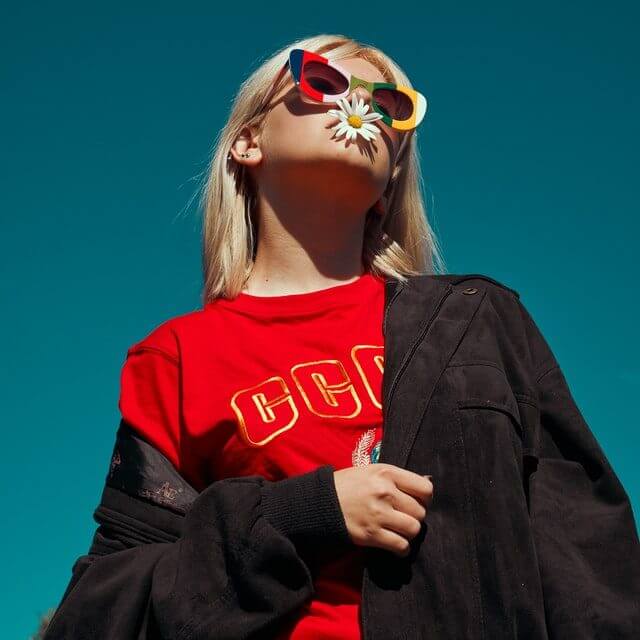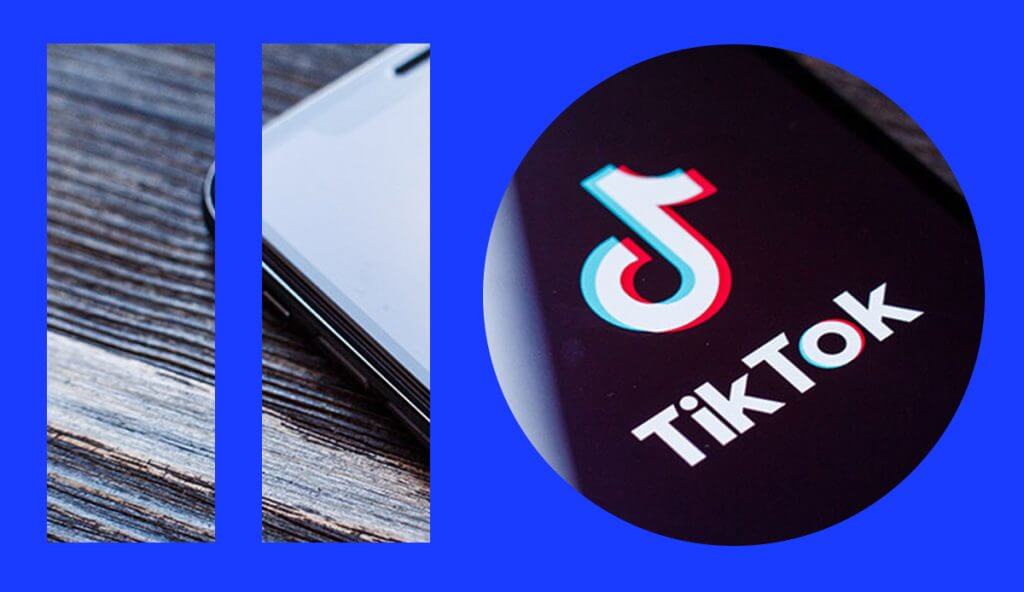
Nailing the correct use of performance creatives in paid media can make or break a campaign. In an eight-week summer campaign, streetwear brand Axel Arigato used engaging, performance-focused creatives that led to a 98% uplift in conversion, with 2.3 times more first-time sales as a direct result of Facebook ads. Meanwhile, on an entirely different platform, McDonalds executed a recruitment drive in Saudi Arabia using Snapchat ads generating 42,972 job applications, four times more than expected. These results are more common than you might expect but they need intelligent performance creatives that is perfectly curated for individual channels.
Once upon a time, you may have been able to create digital assets for a campaign that could be used across every platform available. As the digital consumer has evolved, so has their expectations for what creative they’re receptive to on each platform. Understanding the demands of these channels is as important as the messaging – here’s a sneak peak into what some of those platform demands look like.
Finding the right creative to suit each platform
The end goal of your marketing activity should sit at the heart of your strategy, and yet how that goal is achieved on different platforms can have entirely different results. Think about a lead generation ad – the way that looks on LinkedIn will need to look different to its counterpart Facebook despite aiming for the same conversion. Equally, you may have a strong Facebook Ad that proves ineffective when expanded to Instagram. It’s important to stay educated on, and make use of, the ever-expanding set of tools we can use across these platforms.
To understand how creative may differ on what may be considered two similar platforms, let’s look at Snapchat and TikTok. Both are relatively new and are seen as the key connector between brands and younger audiences. They both use engaging portrait creative, usually in the form of a video, so you may initially think an ad for one may work for the other and yet they actually have quite distinct differences.
Snapchat

For Snapchat, leveraging catalogue campaigns, where the platform dynamically serves the user a range of products from an existing product feed, or using videos that clearly illustrate the benefits of the product in every available frame can be very effective in engaging their target audience.
Snapchat users have the ability to easily tap through or swipe out of an ad, so long-form videos (particularly those that include a monologue or narrative) may struggle to perform here. Instead, focus on content where the marketer tells the user all they need to know within a matter of seconds to effectively capture an attention poor audience’s engagement.
Top tip: Not all users will have their volume up on Snapchat, including crucial brand info within the audio may be a mistake
TikTok

TikTok requires an entirely different approach. An ad here can’t look like an ad; it has to be a Tiktok. Users appreciate the app for its entertainment value and are open to consuming slightly longer content than a traditional five-second ad, provided the content is innovative, highly engaging, and looks like it belongs on the platform. A narrative or an informal guide on how to use a product would therefore not be out of place here. TikTok users are far more receptive to a product being presented as a ‘life-hack’ instead of a strong call to action to purchase a product with bold sales messaging.
While useful for driving performance, TikTok has methods of helping a user build affinity towards a brand that should not be ignored. For example, creating not just long-form videos, but a series of compelling TikToks that are delivered to a group of users in sequence can create a level of emotional investment that would be hard to replicate on another platform. An example of this was Virgin Media’s campaign which utilised TikTok’s ‘TopView’ placement to showcase a series of emotional and organic online connections with a focus on dating during the pandemic. The activity delivered an impressive engagement rate of 16%, driven by a stream of cohesive series of TikToks that continued to appear at the top of the feed.
Top Tip: Trending songs on TikTok can change in a matter of days, make sure any audio you use is still popular
Although we have to adapt our strategy to different platforms, it’s important to consider opportunities to consolidate performance creatives where applicable. For example, once a strong portrait ad has been developed for Snapchat and has been optimised to the point where performance is consistent, it should then be tested on Instagram Stories as the asset requirements are identical and content is consumed here in a similar way. Equally, if a longer Tiktok has seen success on that platform, consider if it can be resized and presented as a YouTube ad, where users may absorb video in full provided it is engaging and the targeting is accurate.
While that’s just an example of two platforms, here’s a list of best practices you can take and apply to your creative strategy across digital to drive performance and establish deeper connections with your audience.
Keep your branding intact: Use instantly recognisable assets that can be linked to your brand. This will create a stronger impression when users see an ad, as well as creating a link to the ad’s messaging when users begin their purchase journey. Make good use of your logo – it should be present in all performance creatives.
Use CTAs correctly: Use a CTA that is directive, compelling but that is free of obligation. ‘Install Now’ and ‘Try for Free’ perform much better for us than ‘Sign up now’ or ‘Buy now’. If a user can try the product for free, this is what should be emphasised in creative rather than any premium plans.
Show the product experience: Use creative that illustrates the benefits of using the product in the real world, rather than pushing an abstract opportunity to make a purchase.
Create a narrative: Video creative that tells a compelling story (even in 5 seconds) that the user can connect to will always perform better than static creative that simply shows the product. For a gaming product, creative showing users playing the game will likely perform better than in-game footage. For a fashion product, video creative of a customer wearing the products will often perform better than an image of a model on a white background.
Be mindful of your audience: Not only is it essential to consider the kind of content your audience would want to engage with, but also where they would be most open to converting. This goes beyond platform choice – placement choice must be considered too. If your userbase can be found on Instagram, consider whether your ad will fit natively into the feed, as if it were posted by a friend or influencer. If you’re trying to drive sales on Facebook, have you considered Facebook Marketplace, where the intent is higher?
Challenge your conventions to connect with creative
Finding the right creative that works for you and your audience isn’t easy. It takes continuous testing and optimisation along with a willingness to try new things outside of your brand’s comfort zone. With the constantly evolving nature of platforms and the people that use them, you have to pay attention to the data – what works and what doesn’t – and allow that to feed into your performance creatives.
Learn how we create, test, and optimise creative across every digital platform.

